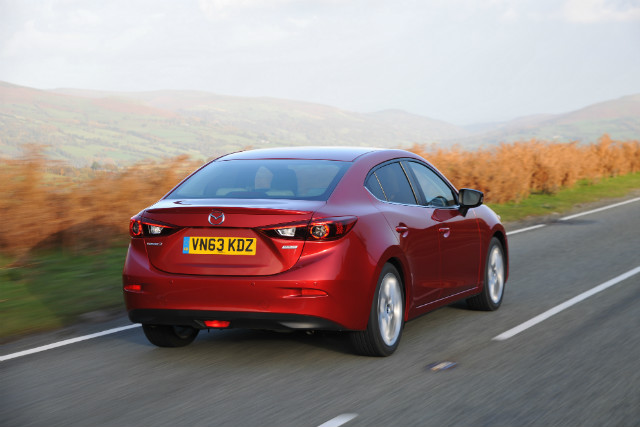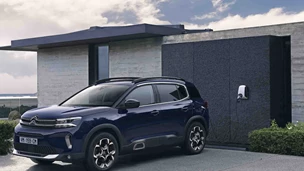If you’ve been searching for new cars and looked at certain performance-focused models or premium cars, then you may have noticed that some of them are referred to as a ‘fastback’.
This term for a body style is uncommon but still in use by certain manufacturers. But how do you even identify a fastback and what current examples of such a car exist in today’s new car market?
A fastback is a car which has a roofline that slopes continuously down to the rear bumper. The word originates from America and was first used in the 1950s and grew increasingly popular during the following decade. Both two-door and four-door cars can be described as a fastback.
The design of a fastback is similar in ways to that of both hatchbacks and coupes. With a hatchback, however, the back of the car lifts up, whereas a fastback integrates a boot opening to its rear without disrupting the flow of the rear sloping roofline.

Traditionally a fastback will have a boot opening that stays separate to the rear window which remains in a fixed position. However, while many coupes will integrate the window into the boot opening instead, other cars classed as a coupe by its manufacturer will have a separate boot opening.
Because of the inconsistent use of these terms by manufacturers, coupes and fastbacks have become interchangeable in today’s car market. Furthermore, the German premium brand Audi prefers to call some of its cars which could be described as a fastback as a Sportback instead.
Current fastback cars on sale
There are several models officially classed as a fastback, such as the latest Mazda 3, which is available in both a traditional hatchback style and in fastback form.
Other current examples include the Audi A5 Sportback, the Audi A7 Sportback and the Ford Mustang – arguably the most famous car to be called a fastback.




